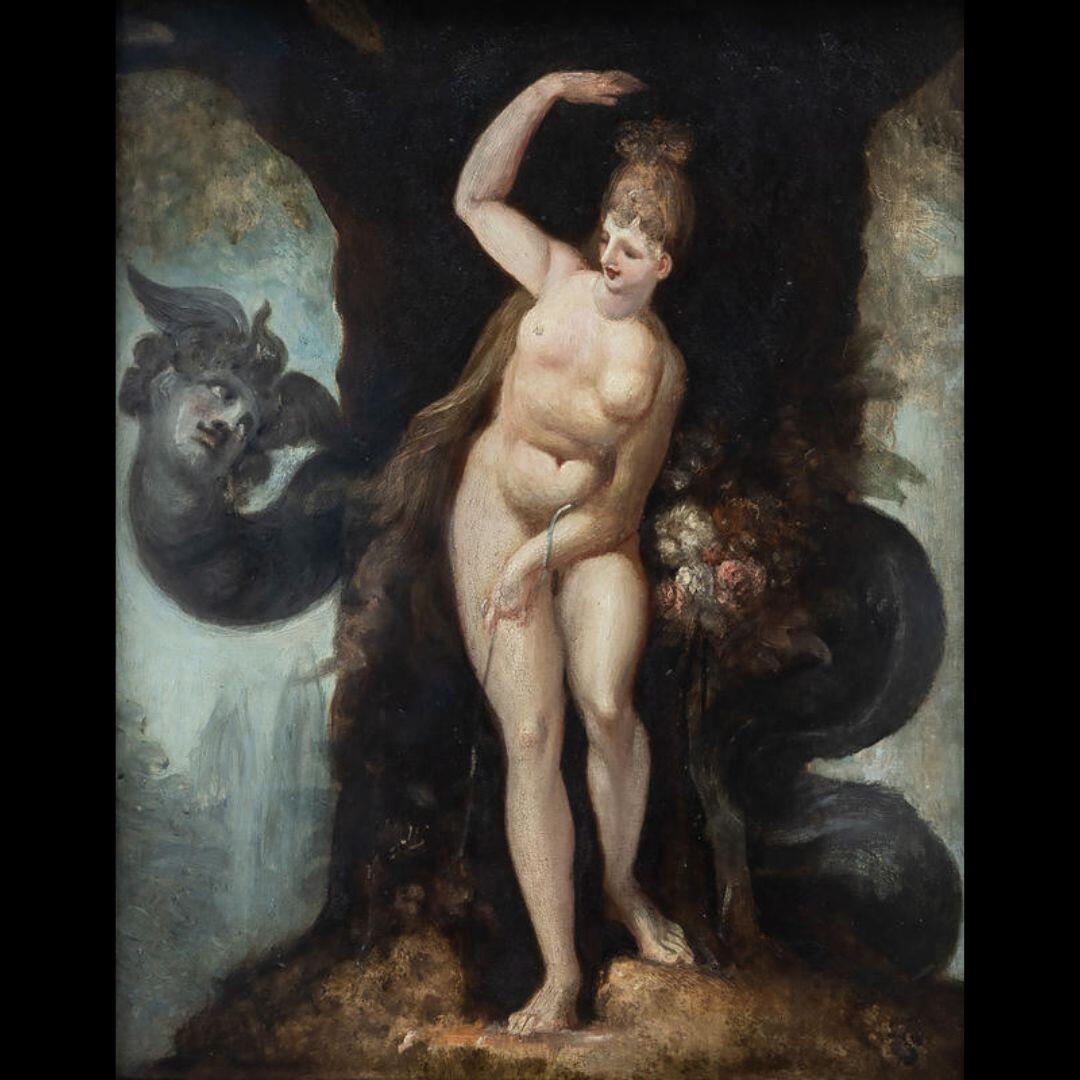10.30—11.30am

event Details
While we engage with aesthetics daily through music, painting, film, and even nature, some experiences reach beyond the ordinary, captivating our senses, unfolding our minds and transporting us somewhere else.
Tamar Torrance, neuroaesthetics PhD researcher from the University of Auckland Waipapa Taumata Rau, explores how the brain and body respond to viewing art across different environments, from the digital to the physical and virtual. For her research, participants engaged with artworks from our exhibition, Gothic Returns: Fuseli to Fomison, while wired up to EEG and ECG sensors that tracked their brain and heart activity. In this lecture, Torrance discusses how people with and without formal training view gothic artworks, uncovering two strikingly different understandings of how aesthetic experiences unfold within the brain.
The exhibition Gothic Returns: Fuseli to Fomison is on show at the Gallery until Sunday 16 November.

Tamar Torrance is an arts writer and PhD researcher in neuroaesthetics, an emerging subdiscipline of neuroscience investigating the neurobiology of aesthetic experiences. Her research draws on a field called ‘network neuroscience’ to model how different areas of the brain interact with one another when we are transfixed by a work of art. Bridging neuroimaging with the philosophy of aesthetics, Tamar seeks to understand the ways in which the brain and body change during those deep, immersive states that we call ‘peak’ aesthetic experience, and what changes linger thereafter.
Image: Henry Fuseli, The Serpent tempting Eve (Satan's first address to Eve), 1802. Auckland Art Gallery Toi o Tāmaki, gift of Sir George Grey, 1887. | Tamar Torrance image supplied
- Date
- Location
- Auditorium
- Cost
- Members FREE, Adult $10 (+ fees)